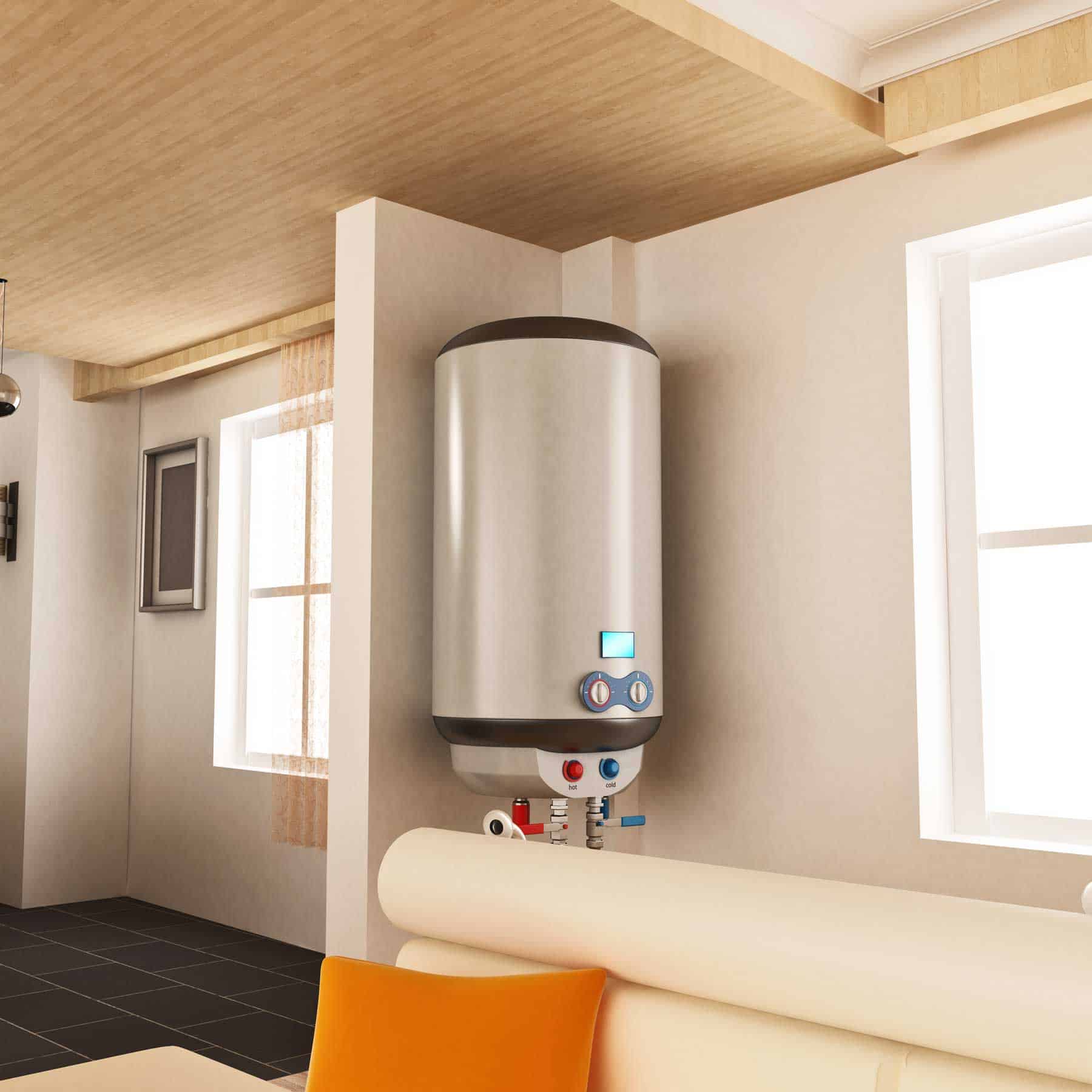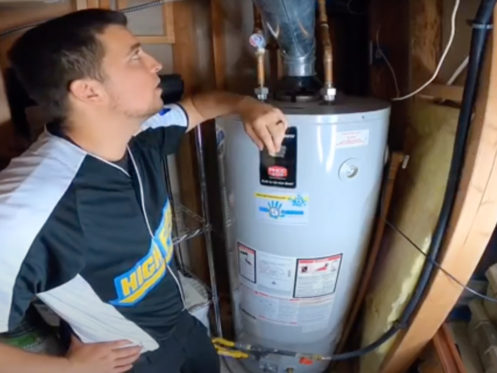Effective Techniques for Caring for Your Home's Hot Water System
Effective Techniques for Caring for Your Home's Hot Water System
Blog Article
What're your ideas about Water Heater Maintenance Tips You Can't Afford to Forget?

Warm water is essential for day-to-day convenience, whether it's for a rejuvenating shower or washing dishes. To guarantee your hot water system runs efficiently and lasts longer, normal maintenance is essential. This article gives functional suggestions and insights on just how to preserve your home's hot water system to stay clear of interruptions and costly fixings.
Intro
Maintaining your home's warm water system may seem complicated, but with a few basic steps, you can ensure it operates efficiently for many years to find. This guide covers everything from recognizing your warm water system to DIY maintenance pointers and recognizing when to contact professional help.
Relevance of Preserving Your Hot Water System
Regular upkeep not only extends the life-span of your warm water system but also guarantees it operates efficiently. Disregarding upkeep can lead to lowered effectiveness, higher power expenses, and even early failure of the system.
Signs Your Warm Water System Requirements Maintenance
Understanding when your hot water system requires interest can prevent significant problems. Keep an eye out for indications such as inconsistent water temperature level, unusual noises from the heater, or rustic water.
Flushing the Hot Water Heater
Flushing your hot water heater eliminates debris accumulation, boosting effectiveness and lengthening its life.
Checking and Changing Anode Rods
Anode rods protect against rust inside the container. Examining and changing them when worn is critical.
Complicated Concerns Needing Specialist Assistance
Instances include significant leaks, electric troubles, or if your water heater is continually underperforming.
Routine Specialist Maintenance Perks
Professional maintenance can consist of comprehensive examinations, tune-ups, and guaranteeing conformity with safety requirements.
Evaluating and Adjusting Temperature Setups
Adjusting the temperature setups ensures ideal efficiency and safety.
DIY Tips for Upkeep
You can perform several upkeep jobs yourself to keep your warm water system in leading condition.
Checking for Leakages
Regularly check pipelines and connections for leakages, as these can bring about water damage and higher expenses.
Comprehending Your Warm Water System
Before diving into maintenance jobs, it's handy to understand the basic elements of your warm water system. Commonly, this includes the water heater itself, pipes, anode poles, and temperature level controls.
Month-to-month Upkeep Tasks
Regular monthly checks can assist capture small concerns prior to they intensify.
Examining Stress Alleviation Valves
Testing the pressure relief valve ensures it works appropriately and protects against too much pressure buildup.
Insulating Pipes
Protecting hot water pipes decreases warm loss and can conserve power.
When to Call an Expert
While do it yourself upkeep is helpful, some concerns call for specialist experience.
Final thought
Regular maintenance of your home's hot water system is important for efficiency, longevity, and cost savings. By following these tips and recognizing when to look for specialist aid, you can make sure a trustworthy supply of warm water without unforeseen interruptions.
Water Heater Maintenance Tips
Test the TPR Valve
Shut off the power and the cold-water supply valve. Place a bucket under the pipe connected to the temperature-pressure-release (TPR) valve on the top or side of the tank. (This valve opens if the tank pressure gets too high.) Lift the valve’s tab to let some water out, then let go. If water keeps flowing, drain the tank partway, unscrew the old valve with a pipe wrench, and install a new one. Check the Anode Rod
Put a hose to the tank’s drain cock and let out a few gallons of water. Now fit a 1 1/16-inch socket onto the rod’s hex head on top of the heater (or under its top plate) and unscrew the rod. If it’s less than ½ inch thick or coated with calcium, buy a new one, wrap its threads with Teflon tape, put it back in the tank, and tighten securely. Use this segmented rod if headroom above the tank is limited. Drain the Tank and Wash Out Sediment
Drain the remaining water in the tank into the bucket, then stir up the sediment on the tank’s bottom by briefly opening the cold-water supply valve. Drain and repeat until clean water comes out of the hose. Close the drain cock, refill the tank, and turn its power back on. Adjust the Temperature
Find the temperature dial on the side of the tank and unscrew its cover. Adjust the dial to 120 degrees using a flathead screwdriver. For every 10 degrees the temperature is lowered, you can expect to save up to 5 percent in energy costs. Turn the water heater off or the thermostat down to its lowest setting if you plan to be away from home for more than three days. Insulate the Pipes
Buy some self-sticking 3/8-inch-thick foam pipe insulation that matches the pipes’ diameter. Slide the foam over the hot-and cold-water pipes as far as you can reach. Insulating the cold-water pipe prevents condensation in summer. Peel the tape and squeeze the insulation closed. If the pipe is 6 inches or less from the flue, cover it with 1-inch-thick unfaced fiberglass pipe wrap. https://www.thisoldhouse.com/plumbing/21016402/how-to-maintain-a-water-heater

As a serious reader about How to Maintain a Hot Water Heater in a Few Simple Steps, I assumed sharing that excerpt was a good thing. Sharing is caring. Helping people is fun. Thanks a lot for your time. Don't forget to stop by our website back soon.
Get A Quote Report this page